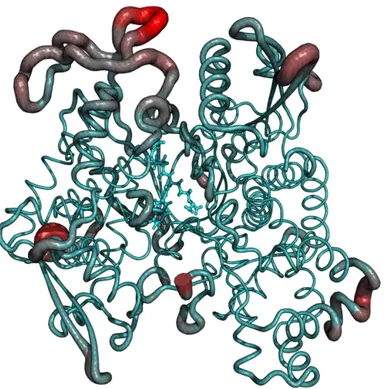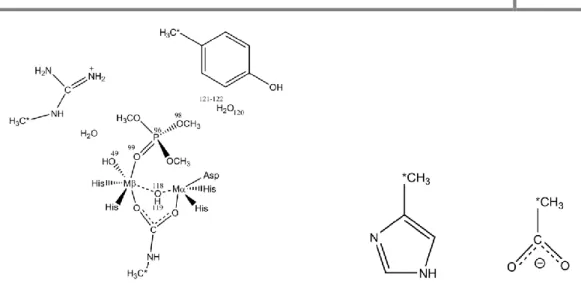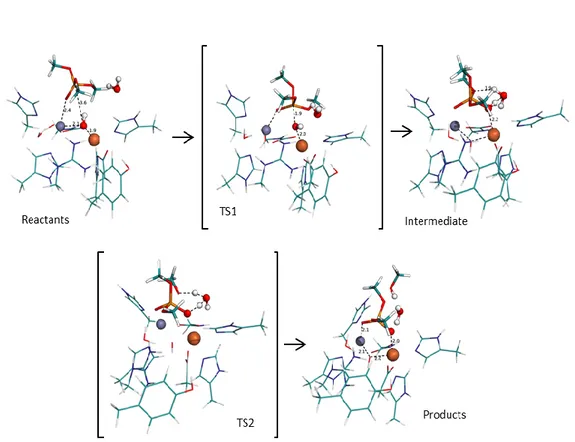Study of Enzymatic Mechanisms Using Density Functional Theory and QM/MM Methods
Testo completo
Figura




Documenti correlati
When the addition reactions were repeated by treating a benzene solution of aziridine 2.2 with only a small amount of nucleophile (3-4 equiv) (protocol B), with the only exclusion
On one hand, we shall discuss the existence of hyperelliptic curves lying on the Jacobian variety - and a fortiori on the second symmetric product - of a generic curve by extending
Urakawa: Rigidity of transversally biharmonic maps between foliated Riemannian manifolds, to appear in Hokkaido Math.. [36] Ye-Lin Ou and Liang Tang: The generalized Chen’s
After an analysis of the variability of the individual indices within each of the first three SECA classes, we have defined refe- rence site values and class value ranges by
The following paragraphs are intended to highlight some elements that brake (first paragraph) or rather allow and accelerate the adaptation process towards more resilient cities
In that case, we could say that the external control, and in particular the accounting control entrusted to the external auditor, should not be mandatory, but it should be quite
The former consisted in the absolute phase measurement of a voltage, with respect to the cosine waveform with positive peak aligned with the PPS signal (see Fig. The
Hosts in the same domain are close to each other in the lexicographically sorted order, and thus they get close docIDs.. Compress them via gap-encoding





